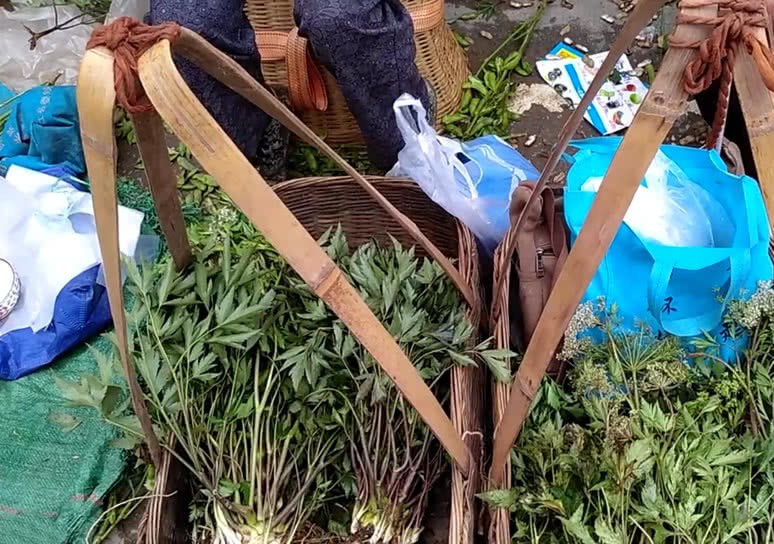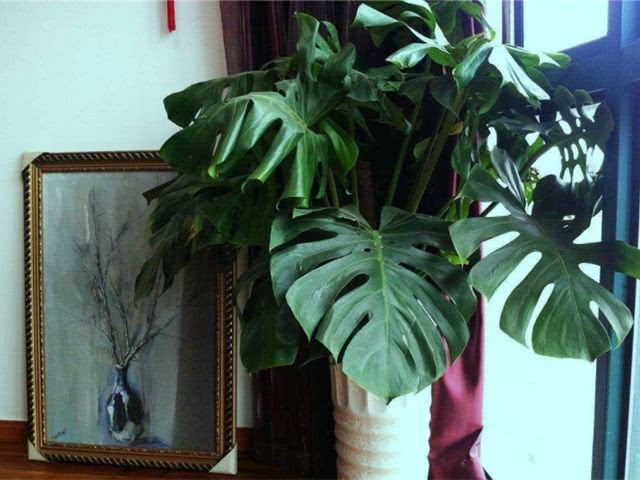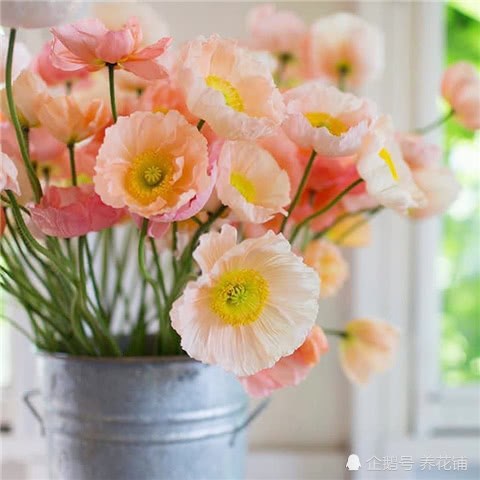It is rare to see that this kind of wild vegetable sold by the roadside is rich in nutrition as a good medicine for tonifying qi and blood.

Recently, I feel that there are more and more vegetables on the roadside. An aunt picked up a load of vegetables for sale. When she took a closer look, she felt that the wild vegetable looked a little familiar, but she didn't see what it was. The aunt said that this is the wild angelica she dug in the mountain, which belongs to a kind of wild vegetable and is also a very common traditional Chinese medicine.
I believe we have all eaten angelica stewed chicken, but we generally use angelica root, and there are many kinds and varieties of angelica. When its roots are dry, some of them are very similar to ginseng, and their medicinal effects are very good, while the stems and leaves of Angelica sinensis, which we rarely eat, are edible.
Generally speaking, only the root of Angelica sinensis has medicinal value, and it is also one of the most commonly used traditional Chinese medicines, which has a very good effect on tonifying blood, invigorating blood and replenishing qi. But in fact, its stems and leaves are also quite edible and nutritious, including sucrose, a variety of amino acids, vitamin A, vitamin E, volatile oil, arginine and a variety of minerals.
When making stew at home, we can wash its stems, leaves and roots together and put them in the pot. We will taste some slight sweetness, rich nutrition and appetizer, especially wild Angelica sinensis.
Wild Angelica is very difficult to meet, generally in the mountains in the countryside is quite a lot, but now most of Angelica sinensis is artificially planted. Angelica sinensis as a low-temperature long-day crop, should be cold and cool climate, avoid the scorching sun, can bear shade. Angelica sinensis should be cultivated in sandy loam which is loose and permeable, well drained and rich in humus, but not easy to be planted with clay, which is disadvantageous to the growth of roots.
In fact, Angelica sinensis not only has the effect of tonifying blood and promoting blood circulation, but also has the effects of moistening dryness and smooth intestines, anti-cancer, enhancing immunity and so on. The aunt dug up this kind of wild angelica and sold it for 8 yuan per jin with roots, which was very cheap, but one tree was a little big, and it was estimated that it could not be eaten at once, and what could not be eaten could be eaten after drying. It's convenient, too.
- Prev

Many people think that this is a good way to grow tortoise-backed bamboos. Actually, they need to know this.
Many people think that it is good to plant tortoise-backed bamboo like this. In fact, they need to know that many people plant green plants at home. They don't know how to plant them. And there are many green plants around us.
- Next

This kind of flower is hardy and will blossom for more than 100 days in the coming year.
Yu beauty flowers are colorful, with petals and wisps of colored silk. The number of flowers is very rich, flowers continue to bloom, flowering can maintain a long viewing period. The plant has strong resistance, cold resistance and wind resistance are good. Sowing and reproduction can be carried out one after another from spring.
Related
- Wuhan Hospital Iron Tree Blooming Result Was Instantly Frightened by the Gardener Master
- Which variety of camellia is the most fragrant and best? Which one do you like best?
- What is the small blue coat, the breeding methods and matters needing attention of the succulent plant
- Dormancy time and maintenance management of succulent plants during dormancy
- Minas succulent how to raise, Minas succulent plant pictures
- What are the varieties of winter succulent plants
- How to raise succulent plants in twelve rolls? let's take a look at some experience of breeding twelve rolls.
- Attention should be paid to water control for succulent plants during dormant period (winter and summer)
- Watering experience of twelve rolls of succulent plants
- Techniques for fertilizing succulent plants. An article will let you know how to fertilize succulent plants.

